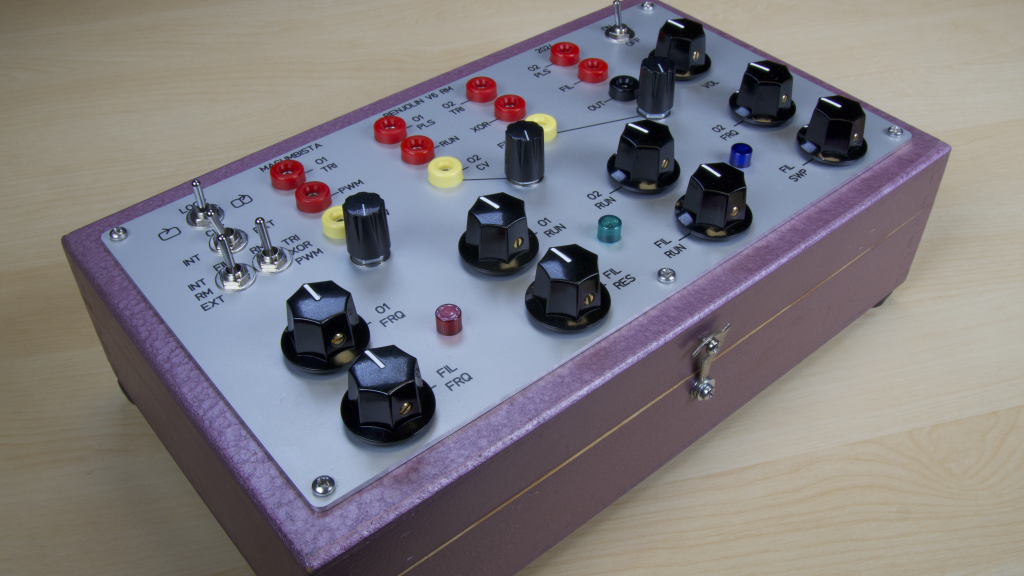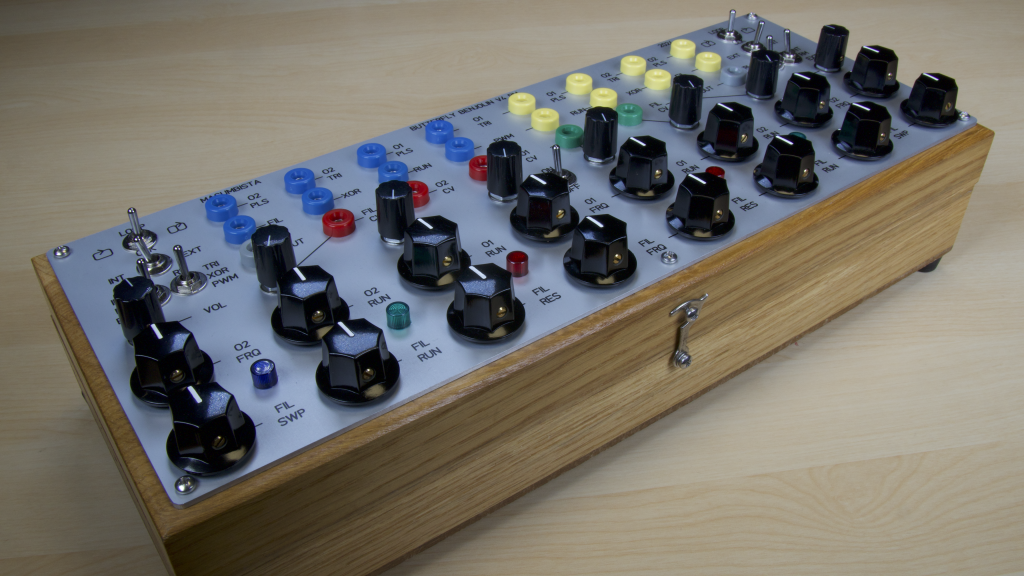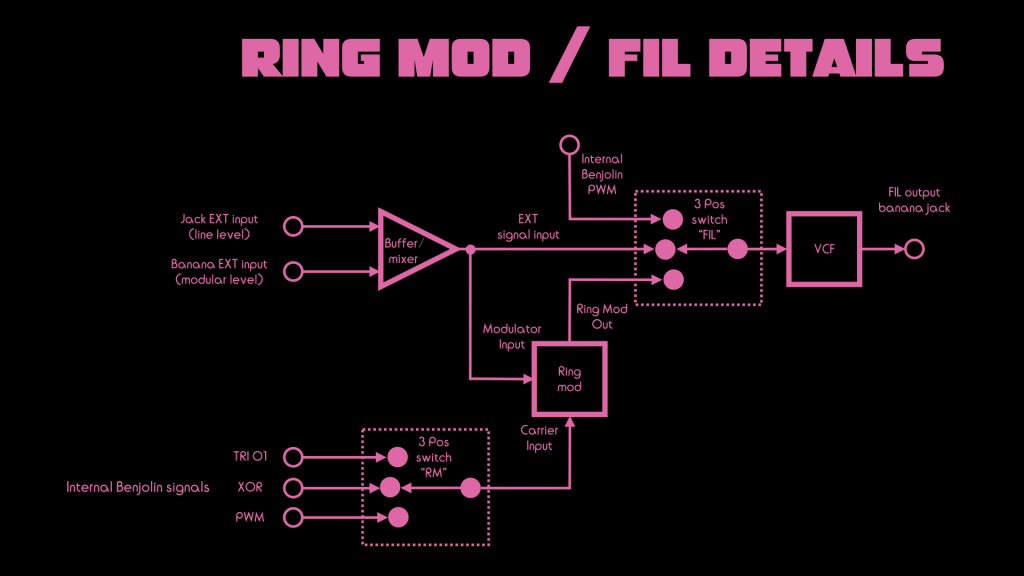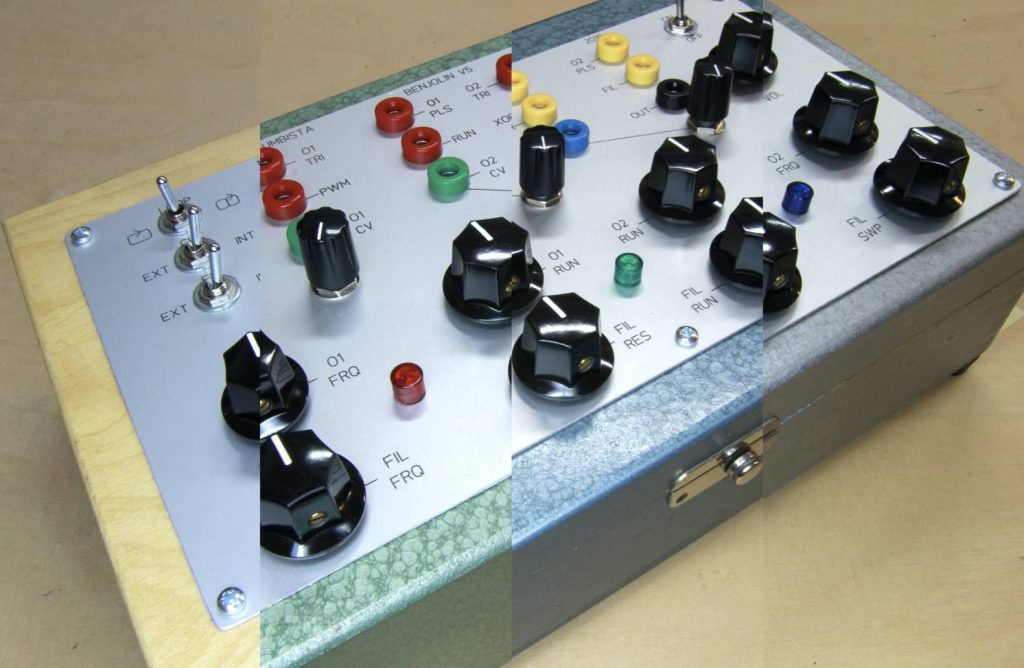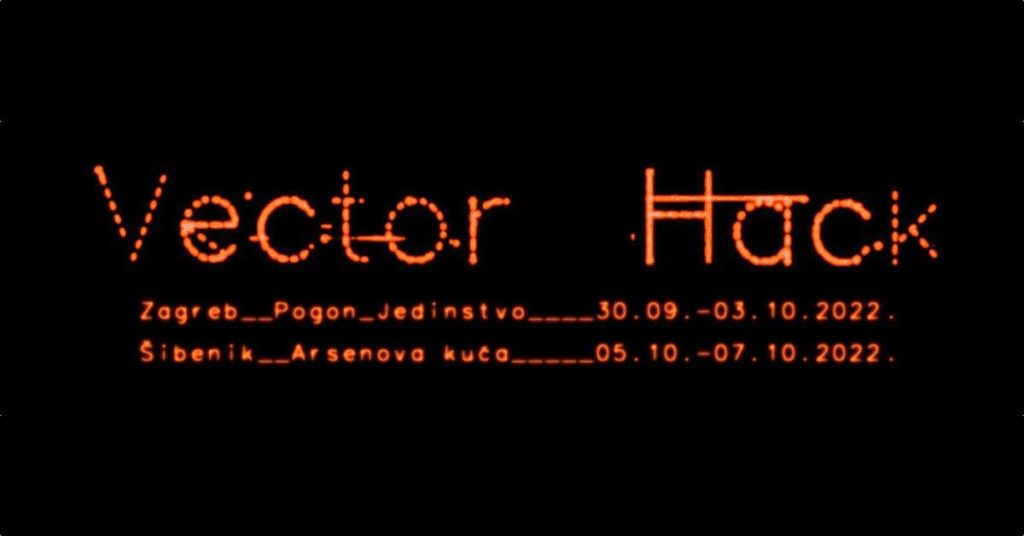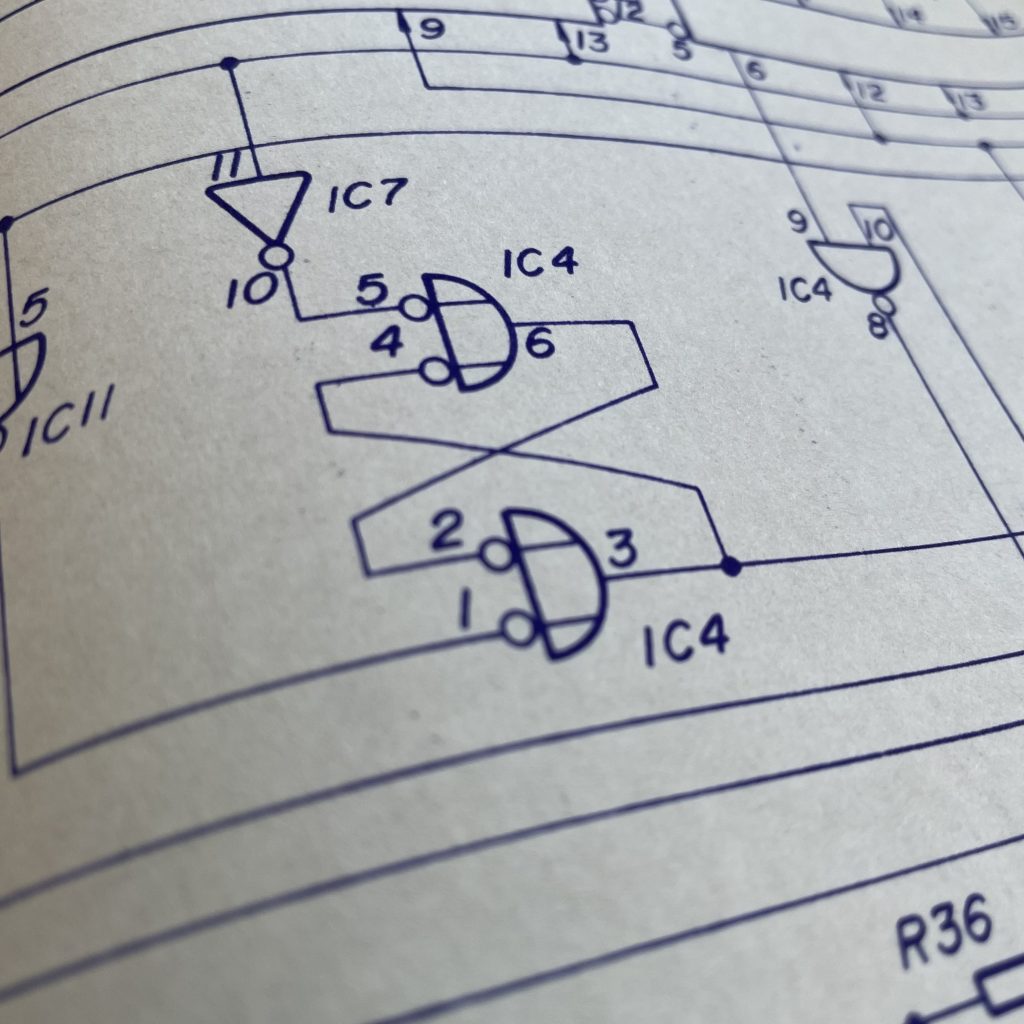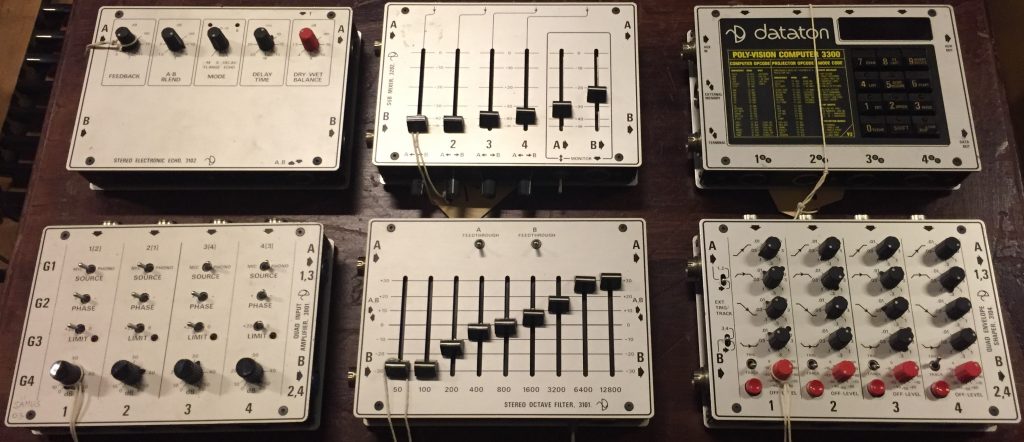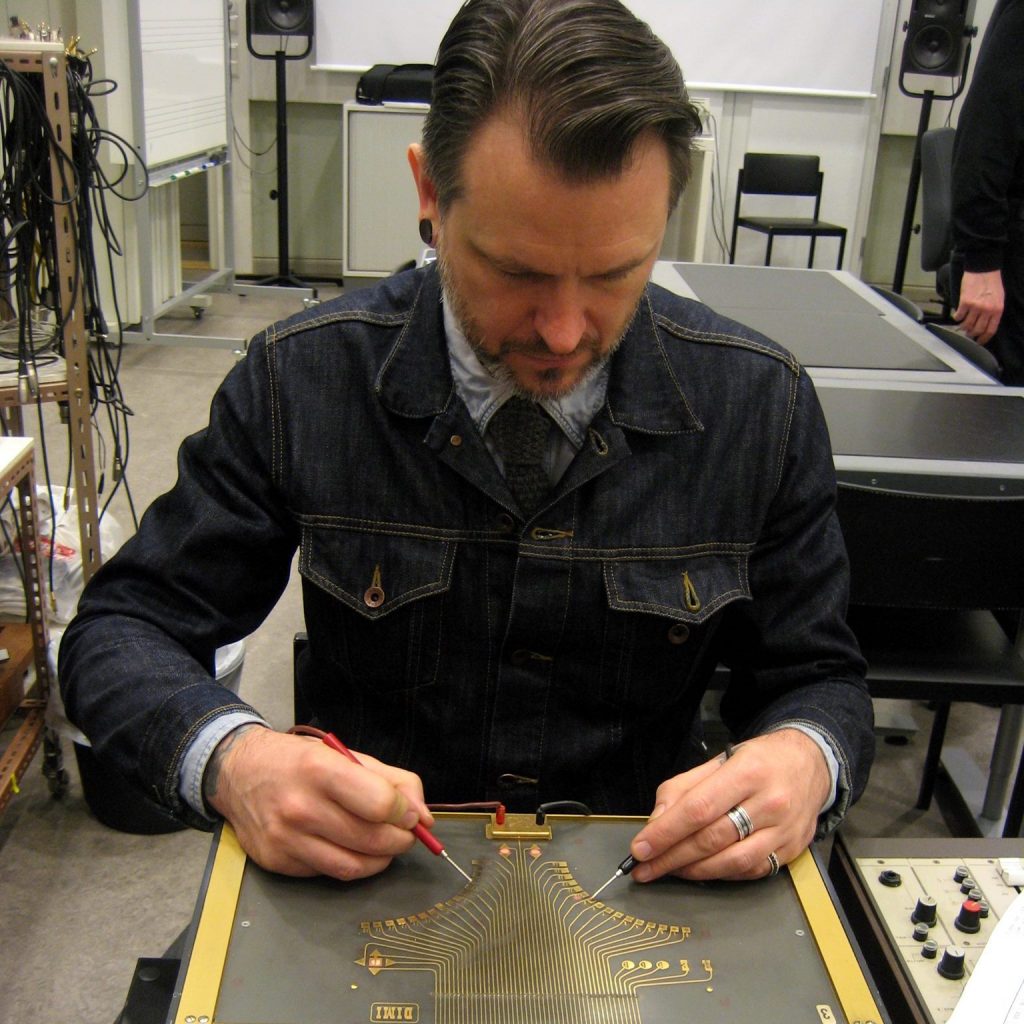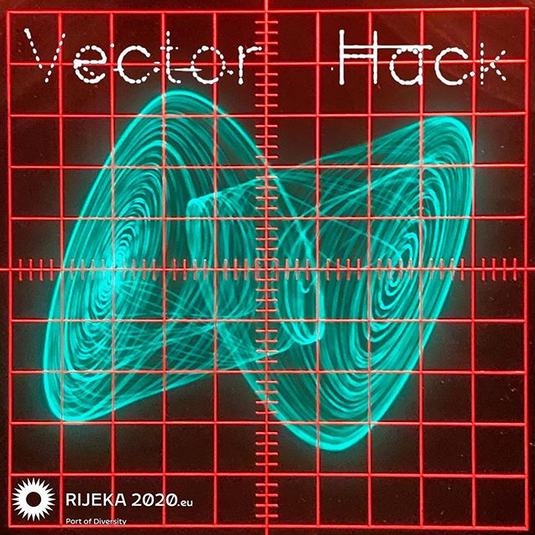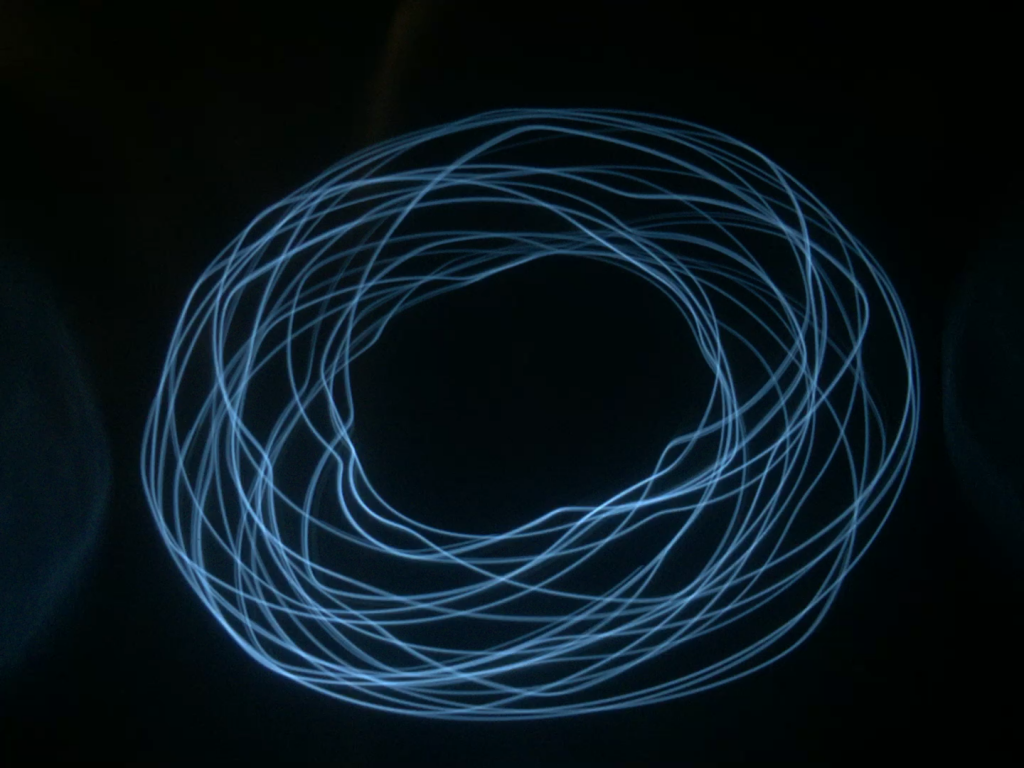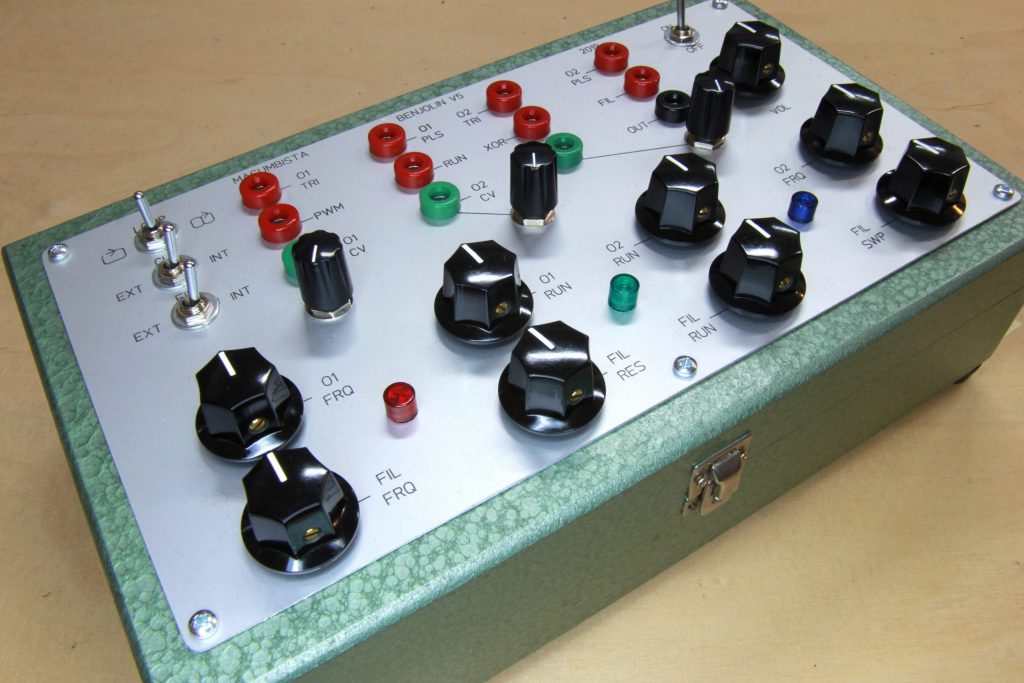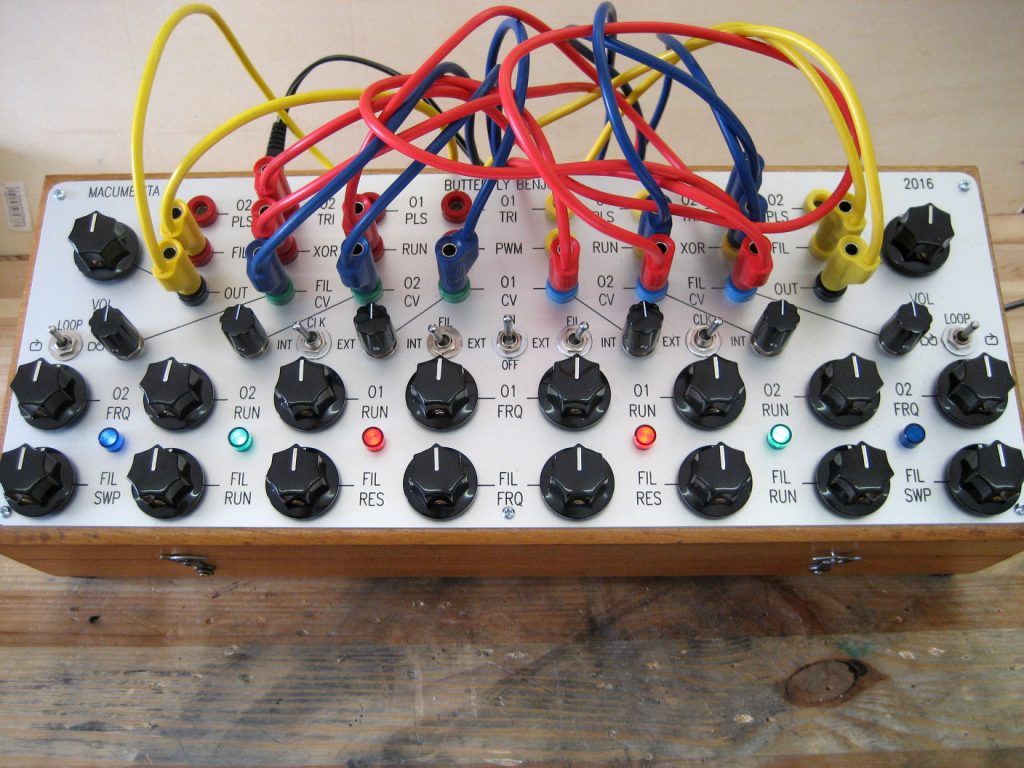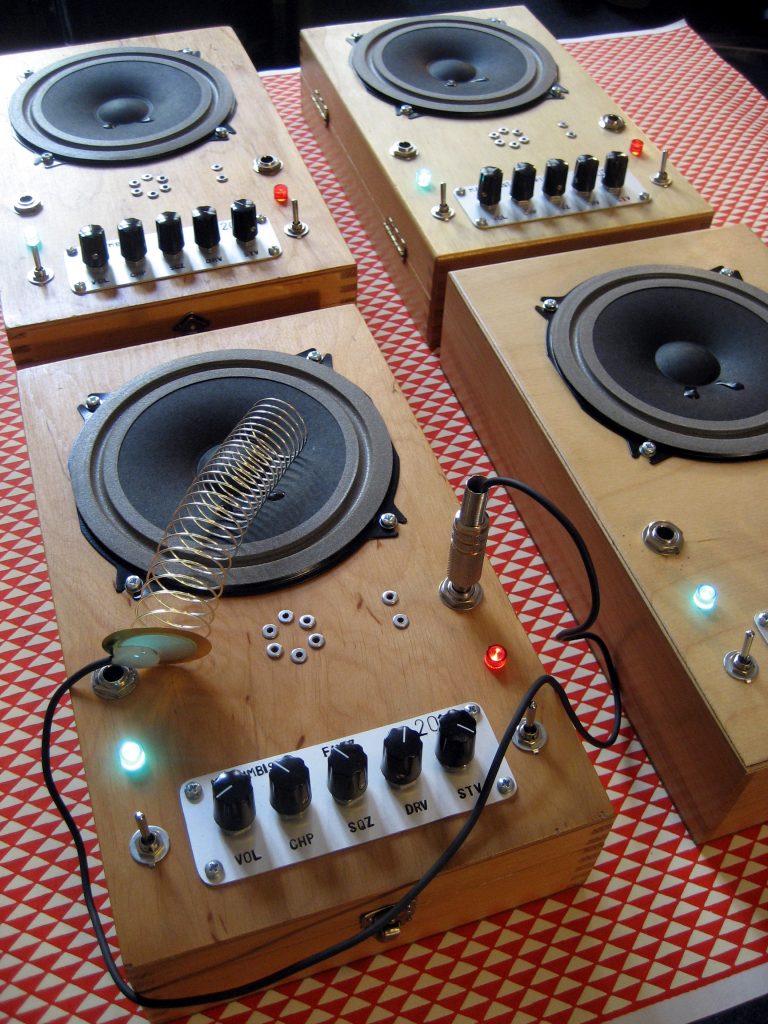PhD Defense and Concert, 05/06 June 2025
Posted in Announcement on June 1st, 2025 by admin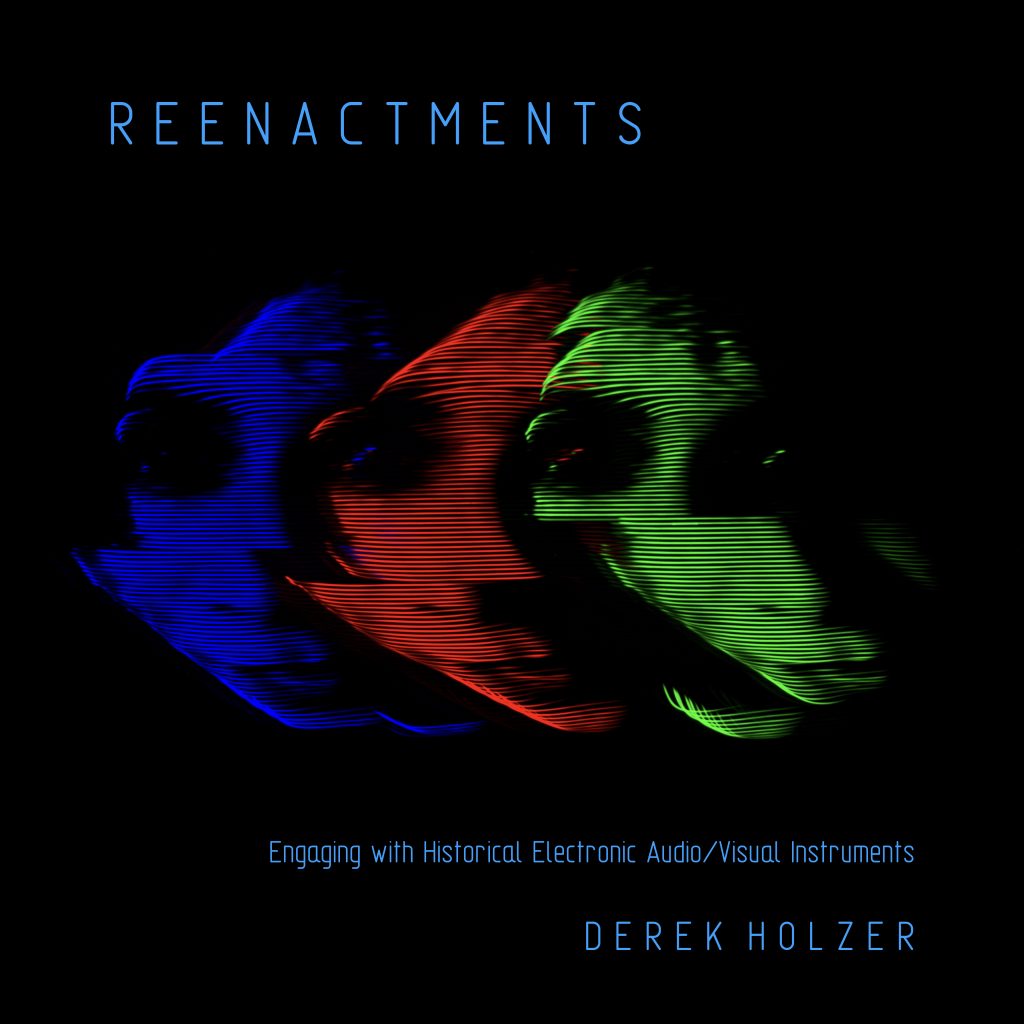
Derek Holzer PhD defense:
“Reenactments: Engaging with Historical Electronic Audio/Visual Instruments”
THU 05 JUNE 09:00 GMT +2
KTH Royal Institute of Technology, room D2, Lindstedtsvägen 9 floor 3, Stockholm.
Email MACUMBISTA at_the_domain GMAIL dot COM for a Zoom link.
Dissertation PDF available:
https://kth.diva-portal.org/smash/get/diva2:1962328/FULLTEXT01.pdf
Opponent: Prof. Sally Jane Norman (Victoria Uni of Wellington). Committee members: Prof. Margaret Schedel (Stony Brook Uni); Assoc. Prof. Kristina Andersen (Technical Uni Eindhoven); Assoc. Prof. James Mooney (Uni of Leeds). Alternate committee member: Assoc. Prof. Airi Lampinen (Stockholm Uni). Supervisors: André Holzapfel (KTH) and Henrik Frisk (KMH). Advance reader: Assoc. Prof. Kjetil Falkenberg (KTH). Defense chairperson: Prof. Kristina Höök (KTH). Thank you everyone for your support!
This dissertation investigates methods and strategies for reenacting historical sound and image synthesis instruments. A reenactment is neither a physical reconstruction nor a digital emulation, although it may involve aspects of both approaches. Rather, a reenactment explores the agencies of the persons, things, places, practices and ideas which gave rise to a specific audio/visual technology, and to the expressive possibilities which its users discovered in it. The reenactment then seeks congruences between these historical conditions and expressions, and those of our own time. In practice, the reenactment of an audio/visual instrument works through its historical conditions using modern technological means to address contemporary concerns. The results of this process could take the form of an analog instrument, a digital instrument, a hybrid device combining technologies of both, or even as an instrument of the future which does not exist yet. Regardless of its final form, the reenactment itself is an ongoing action rather than a fixed object, to be completed by persons through the practice of playing.
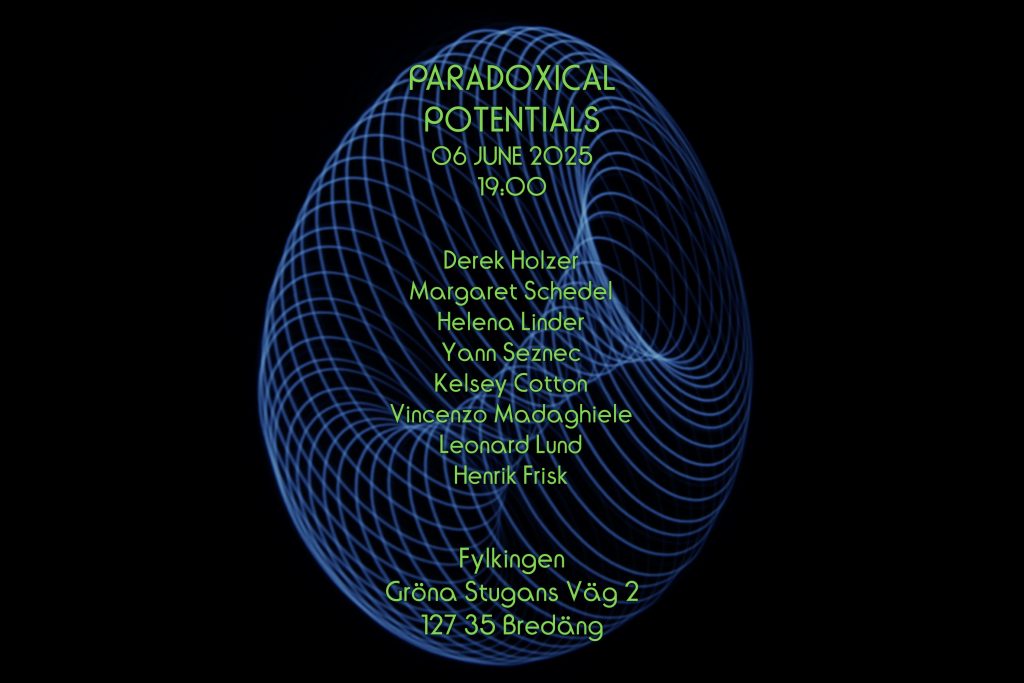
Derek Holzer PhD defense concert:
PARADOXICAL POTENTIALS
06 JUNE 2025 19:00
Fylkingen, Gröna Stugans Väg 2, 127 35 Bredäng
150 SEK / 100 SEK Fylkingen members
Electronic audio/visual instruments are paradoxical. They move backwards and forwards in time all at once. This evening at Fylkingen presents a number of approaches to live performance using self-made, improvised and experimental objects. Each paradoxical situation connects an idea of the past, a practice of the present, and a possibility of the future.
All the performing artists tonight have been invited by Derek Holzer in connection with the defense of his PhD thesis, “Reenactments: Engaging with Historical Audio/Visual Instruments”, taking place 09:00 THU 05 JUNE at KTH Stockholm. Paper copies of the thesis will be available at the Fylkingen event.
DEREK HOLZER
Derek Holzer is an audiovisual artist, researcher, lecturer, and electronic instrument creator based in Stockholm. He has performed live, taught workshops and created scores of unique instruments and installations since 2002 across Europe, North and South America, and New Zealand. He is currently a PhD researcher at KTH Royal Institute of Technology, focusing on historically informed audiovisual synthesis.
https://macumbista.net/
MARGARET SCHEDEL
Dr. Margaret Anne Schedel forges vital connections between classical music, audio data research, and innovative computational arts education, cultivating new possibilities at the boundaries where disciplines meet. Her diverse creative output includes multimedia operas, virtual reality experiences, sound art, video game scores, compositions for classical instruments with interactive electronics, and the development of custom interactive controllers.
http://schedel.net/
HELENA LINDER
Helena Linder builds and researches musical instruments. Having a background in physics, she finds beauty in scientific explorations of sound and light. In her project “Sirenology”, she creates an acoustic synthesizer inspired by the mechanisms and historical context of sirens as tools in 19th–century acoustics labs. For this evening at Fylkingen, she will perform a piece on bespoke siren instruments designed and composed together with Ryan Packard and Malte Dahlberg.
https://helenalinder.com/
YANN SEZNEC
Yann Seznec will find some sounds and will destroy some sounds.
https://www.yannseznec.com/
KELSEY COTTON
Known for her chameleonic musicianship and fearless performance of new and experimental works, Kelsey Cotton is a vocalist from Australia currently based in Göteborg, Sweden. After wandering off the path of classical voice, Kelsey found her home in the world of experimental, avant-garde and contemporary music. She has a special place in her heart for timbral techniques, graphic scores and performative works.
https://kelseycotton.com/
VINCENZO MADAGHIELE
Vincenzo Madaghiele is a musician and developer working on improvisation with algorithmic techniques. He combines sound-generating processes from various sources into feedback systems focusing on dynamic and textural relations. He is currently a doctoral researcher in musicology at the University of Oslo, where he investigates the design and application of autonomous systems in music improvisation.
https://www.vmad.me/
LEONARD LUND
Leonard Lund has an interest in the past and future of music. In his Master’s thesis at KTH he has explored using machine learning to enable novel ways of interaction with the Benjolin synthesizer. Outside of academia, he is the driving force behind Stockholm metal band Lombolo, where he combines traditional Nordic folk music with metal.
https://lomboloband.com/
HENRIK FRISK
Henrik Frisk is an active performer (saxophones and electronics) of improvised and contemporary music and a composer of acoustic and electroacoustic music. He is professor of music at the Royal College of Music in Stockholm teaching composition at the department for electroacoustic music. /The other side of black noise/ is an improvised performance using mainly sound sources from modules of the Dataton 3000 series instruments dating from the early 1970’s.
https://www.henrikfrisk.com/
